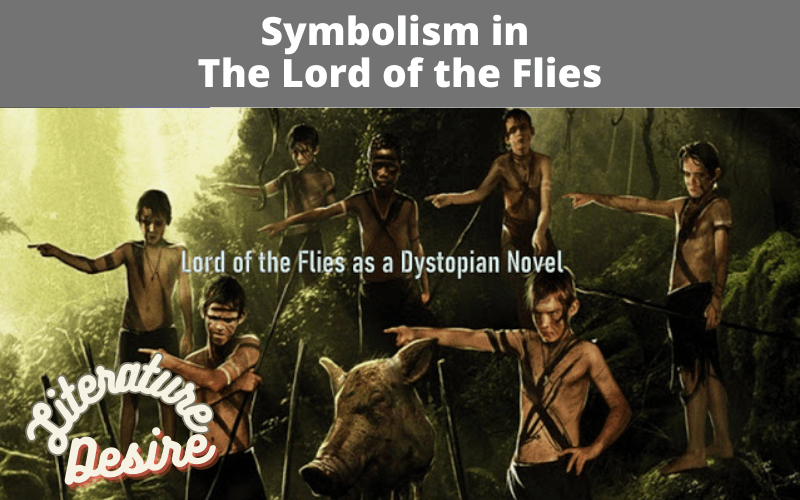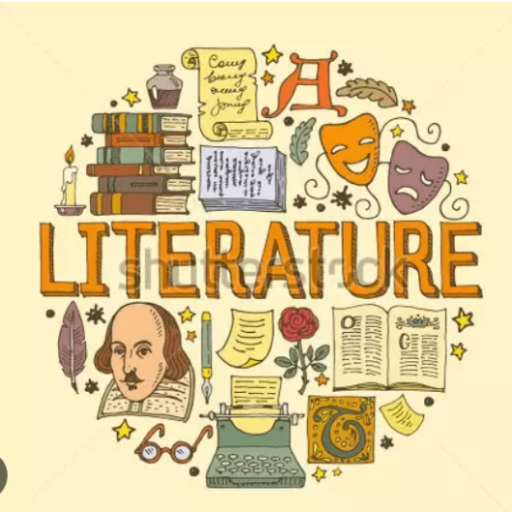Symbolism plays a crucial role in literature, enriching narratives by adding layers of meaning and depth. One exemplary work that extensively utilizes symbolism is “The Lord of the Flies” by William Golding.
Through various symbolic elements, Golding effectively explores complex themes and provides insightful commentary on human nature and society. In this article, we will delve into the profound use of symbolism in “The Lord of the Flies” and its impact on the narrative.
Advertisement
What is Symbolism? Symbolism refers to the use of objects, characters, or events to represent abstract ideas or concepts.
Advertisement
Importance of symbolism in literature: Symbolism allows authors to convey deeper meanings, evoke emotions, and provoke thought-provoking discussions.
Advertisement
Symbolism in The Lord of the Flies
“The Lord of the Flies” takes place on a deserted island, where a group of young boys find themselves stranded after a plane crash. Throughout the novel, Golding employs various symbols to represent significant aspects of the story.
Advertisement
Symbolic representation of the island:
The island itself becomes a symbol, representing a microcosm of the world and reflecting the boys’ journey from civilization to savagery.
The conch shell as a symbol of authority:
The conch shell becomes a symbol of order and democracy. Whoever holds the conch shell has the power to speak and be heard.
The beast as a symbol of fear and darkness:
The boys’ belief in a terrifying beast lurking on the island symbolizes their primal fears and the darkness within human nature.
Fire as a symbol of hope and civilization:
The signal fire initially represents the boys’ hope of rescue and their connection to civilization. However, its gradual deterioration symbolizes their descent into savagery.
The Lord of the Flies as a symbol of evil:
The severed pig’s head, also known as the Lord of the Flies, becomes a powerful symbol of the innate evil and primal instincts within humanity.
Analysis of Symbolic Elements
Golding skillfully employs symbolic elements throughout the novel, each holding significant meaning and contributing to the overall narrative.
The transformation of the boys’ appearance:
As the boys spend more time on the island, their appearance changes, symbolizing their gradual descent into savagery and loss of innocence.
The Breaking of the conch shell: Symbolism in The Lord of the Flies
The shattering of the conch shell marks the complete breakdown of order and civilization among the boys.
The progressive deterioration of the signal fire:
The dwindling and eventual extinguishing of the signal fire symbolizes the boys’ abandonment of their hopes for rescue and their embrace of chaos.
The encounter with the Lord of the Flies:
The eerie conversation between Simon and the Lord of the Flies exposes the darkness within the boys’ hearts and serves as a pivotal moment in the novel.

Symbolism and Themes: Symbolism in The Lord of the Flies
The extensive use of symbolism in “The Lord of the Flies” contributes to the exploration of several profound themes.
Civilization vs. savagery:
Symbolism effectively portrays the clash between civilization and savagery as the boys struggle to maintain order and morality in their isolated world.
The loss of Innocence: Symbolism in The Lord of the Flies
Through symbolism, Golding captures the boys’ loss of innocence as they become exposed to the harsh realities of survival and succumb to their primal instincts.
The destructive nature of power:
Symbolic elements highlight the destructive nature of power and how it corrupts individuals, leading to the disintegration of order and the rise of tyranny.
Fear and the Darkness: Symbolism in The Lord of the Flies
The symbolic representation of fear and the darkness within human nature demonstrates the innate capacity for evil that resides in every individual.
The Impact of Symbolism on the Narrative
The skilled use of symbolism enhances the overall narrative of “The Lord of the Flies” in several ways.
Symbolism as a tool for storytelling:
Symbolic elements add depth and complexity to the story, engaging readers on multiple levels and encouraging them to ponder the deeper meanings behind the events.
Creating depth and layers in the narrative:
By employing symbolism, Golding creates a multi-dimensional narrative that invites readers to explore various interpretations and consider the intricacies of the human condition.
Evoking emotions and provoking thoughts:
Symbolism evokes powerful emotions and forces readers to confront uncomfortable truths about human nature, morality, and societal structures.
Symbolism and Author’s Intent
William Golding’s use of symbolism in “The Lord of the Flies” aligns with his broader intentions and thematic exploration.
William Golding’s exploration of human nature:
Through symbolism, Golding presents a critical examination of human nature, highlighting the inherent capacity for both good and evil within each individual.
Commentary on societal structures and behavior:
Symbolism in the novel provides incisive commentary on the fragility of societal structures and the potential for chaos when those structures break down.
The fragility of civilization: Symbolism in The Lord of the Flies
The use of symbols in the novel emphasizes the vulnerability of civilization and how easily it can crumble in the face of primal instincts.
Frequently Asked Questions
Symbolism adds layers of meaning and depth to the narrative, engaging readers intellectually and emotionally while encouraging them to interpret and analyze the text.
Symbolism helps convey abstract ideas and themes by using tangible objects or events as representations, allowing readers to explore deeper meanings and interpretations.
Yes, symbolism is subjective, and readers may interpret symbols differently based on their own experiences, perspectives, and cultural backgrounds.

